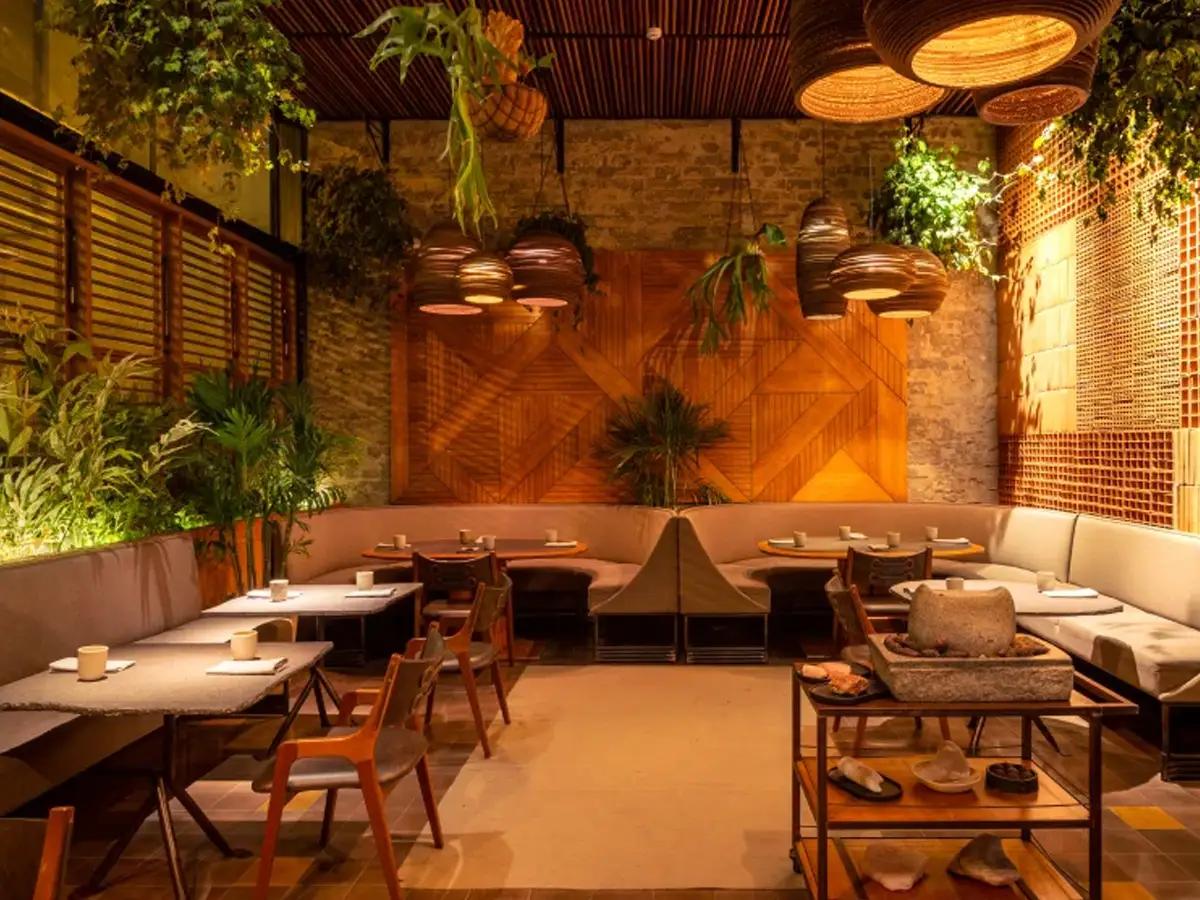Why Dining at Neighborhood Dining Establishments Sustains Your Neighborhood and Delights Your Taste
Eating at neighborhood dining establishments provides more than just a dish; it offers as a crucial component in nurturing area vigor and economic resilience. What might this mean for the future of local dining and neighborhood link?
Financial Impact of Neighborhood Dining

The economic effect of regional dining prolongs far past the dining establishment itself, influencing a vast array of fields within the community. Local restaurants play a crucial role in stimulating economic development by developing tasks, supporting regional providers, and adding to municipal earnings. When consumers pick to dine at regional establishments, they assist suffer work for chefs, web servers, and upkeep team, therefore enhancing the local job market.
Moreover, regional restaurants usually source ingredients from nearby ranches and manufacturers, promoting a robust supply chain that profits various agricultural fields. This method not only supports regional economic situations but also motivates lasting farming practices. In addition, the sales tax created from these dining establishments adds to vital public solutions, such as education and learning and infrastructure, which further improves community lifestyle.
In addition, regional dining establishments typically cultivate a feeling of community, drawing in citizens and visitors alike, which can result in increased foot website traffic in surrounding services. This interconnectivity among local business enhances economic durability, developing a lively and lasting area ecological community. Basically, the assistance of neighborhood eating is an investment in the more comprehensive economic health of the area, promoting growth and sustainability for future generations.
Special Cooking Experiences

Furthermore, several local establishments accept farm-to-table methods, stressing the significance of seasonal fruit and vegetables. Restaurants can appreciate the freshness of active ingredients sourced from nearby farms, which not only improves taste however additionally fosters a connection to the regional landscape. This commitment to high quality and locality establishes the phase for unique culinary experiences that are typically missing in chain dining establishments.
Moreover, regional cooks frequently try out fusion cuisine, mixing varied culinary traditions to create interesting brand-new recipes. Such advancement not just entices the taste buds but also encourages daring dining, welcoming clients to widen their cooking horizons. Involving with regional restaurants permits diners to enjoy dishes that are not practically food, however about the artistry and passion that specify the culinary world, making every eating experience really special and fascinating.
Conditioning Community Bonds
Eating at local dining establishments plays a crucial function in strengthening community bonds by cultivating connections amongst homeowners. These facilities offer as vital celebration locations where individuals can take part in purposeful discussions, share experiences, and create long-term memories. As patrons frequent the same neighborhood places, they cultivate a feeling of familiarity and sociability, enhancing social ties within the community.
In addition, neighborhood restaurants often show the unique social material of their areas, showcasing regional customs and cooking heritage. This event of neighborhood society not only improves area identity however likewise motivates homeowners to take pride in their environments. By taking part in the regional dining scene, individuals add to a shared story that binds them together.
Area events held at dining establishments, such as open mic nights, fundraising events, or food events, additionally improve these links. They give opportunities for partnership and engagement amongst varied teams, fostering inclusivity and understanding. As residents collect to support neighborhood companies, they simultaneously support each other, creating an interconnected network that enhances the area's strength.
Fundamentally, dining at local restaurants is not simply regarding food; it is an improving experience that strengthens area bonds and grows a dynamic, united regional society.
Sustaining Neighborhood Farmers and Manufacturers

This technique minimizes transportation costs and exhausts, promoting ecological sustainability while likewise boosting the taste and top quality of the meals offered. Seasonal food selections, which highlight local produce, allow restaurants to provide special culinary experiences that reflect the region's agricultural bounty.
Additionally, sustaining regional farmers assists maintain typical farming techniques and urges biodiversity. It encourages small manufacturers, permitting them to grow in an increasingly industrialized food system. As regional restaurants pick to partner with these farmers, they help maintain a dynamic agricultural neighborhood, making certain that neighborhood food systems continue to be durable.
Basically, dining at local restaurants is not just concerning taking pleasure in a dish; it is an investment in the neighborhood economic climate and an affirmation of sustainable practices. By picking regional, diners play a necessary role in supporting their areas and see page supporting the hardworking people who grow their food.
Protecting Regional Society and Heritage
Rooted in the customs of their communities, neighborhood dining establishments act as important custodians of social heritage. By showcasing regional ingredients and standard food preparation methods, these facilities preserve the distinctive flavors and cooking methods that define regional identification. Each dish tells a story, reflecting historical influences and social stories that have actually formed the area over generations.
Furthermore, neighborhood restaurants often champion classic recipes passed down through families, guaranteeing that distinct cultural techniques remain alive. This not just enlightens customers about the community's heritage yet also promotes a feeling of satisfaction and belonging amongst citizens. The atmosphere, décor, and also songs in these establishments usually echo the regional culture, offering a holistic experience that goes beyond mere dining.
Additionally, local restaurants contribute to the conservation of language and languages, as menus and discussions frequently incorporate regional vernacular. By taking part in area events and events, these dining establishments reinforce social bonds and promote social exchange. Essentially, eating at local restaurants is not simply a culinary experience; it is a possibility to engage with and sustain the rich tapestry of his explanation regional culture and heritage, ensuring its continuity for future generations.
Final Thought
